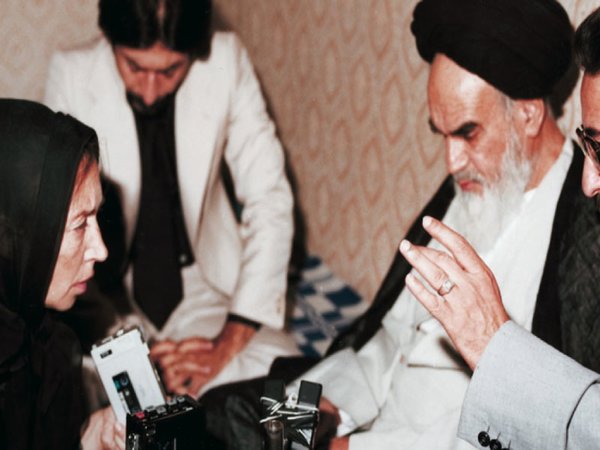The seventies were quite an interesting time for science. Some of the strangest scientific research hails from that time, before the concept of ethics approval had fully caught on.
None more notable than the story of Nim.
Project Nim, a documentary from BBC Films, looks at the life of a chimpanzee named Nim Chimpsky (a thinly veiled jest at Noam Chomsky, who theorised that language was inherent only in humans). Nim was raised by a research team led by Herb Terrace of Columbia University, with the aim of the experiment to see if he would acquire language by being part of a functioning human family unit.
Initially raised within the family of graduate student Stephanie Lafarge, Nim was treated like any other human baby – strangely enough, she even breastfed him. He was treated as one of the children, and after time became unmonitored and unstudied. He was given alcohol and drugs, and let run wild.
Once he became too powerful for the family he was taken away, and put in a more formal study environment. Here he excelled at learning signs, but eventually became too aggressive – biting and attacking the researchers who regarded him as family.
As you would expect with a wild animal, Nim’s instincts escalated with bites and attacks to the point where he attacked one of the researchers and bit her face open. Surprisingly, the project continued for a while after this.
Challenging the concept of nature versus nurture had been unsuccessful, and the experiment was shut down. Nim was finally sent to a chimpanzee sanctuary, and later a pharmaceutical animal testing laboratory. He finally ended his days in some semblance of peace on a horse refuge in Texas. He got a happy ending of sorts, but it took him a while to get there.
Project Nim is a bit of a tragic tale, but like all good documentaries it doesn’t need to embellish the truth – there’s enough drama in the events that happened. While Nim is portrayed as a confused, conflicted animal battling between his instincts and how he’s being raised, he’s still considered an animal. He grows attached to his human researchers and friends, but ultimately is just treated as a piece of property.
It’s particularly jarring to see how little regard researcher Herbert Terrace has for Nim – to him the chimpanzee just represents an asset, and a failed experiment.
The strength in Project Nim is the amount of material it has at its disposal. While it makes some tacky use of unnecessary recreation, there’s a large amount of archive footage and still photos available. The entire narrative is carried by an extensive amount of interviews – fortunately, all the important players participated – so the documentary is sold on the story alone.
And what a story it is. You really feel for Nim, and even though he turned aggressive at times, it’s easy to see why he was pushed in that direction. He was a wild animal taken out of his natural context, poked, prodded, abused and abandoned. It’s hard to watch the movie and not wonder who has more humanity.
Matt Smith is a Master of Global Communications student at La Trobe University, and is upstart’s co-editor. You can follow him on Twitter: @nightlightguy.






